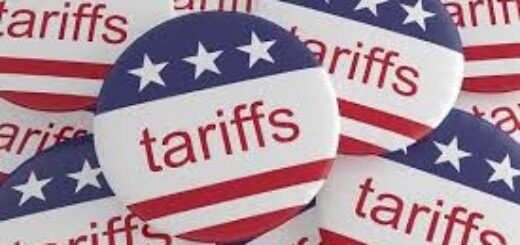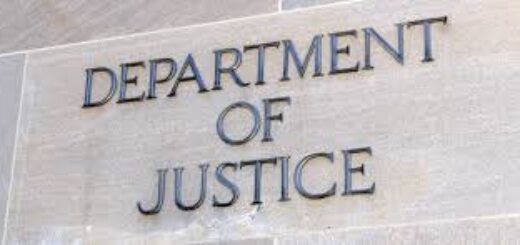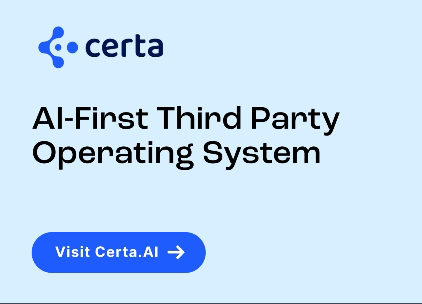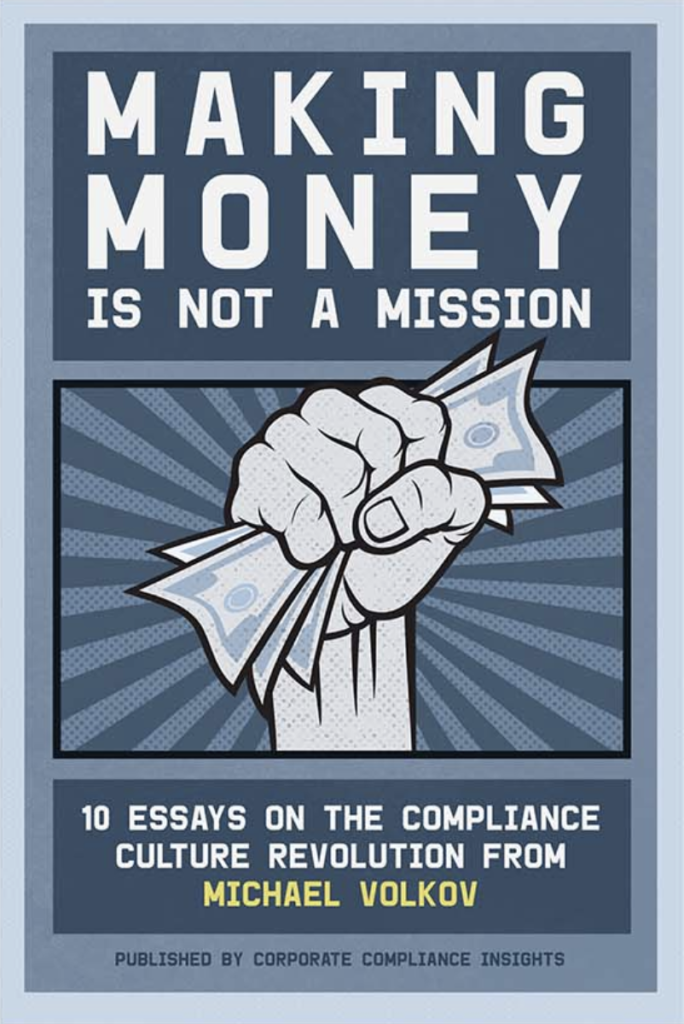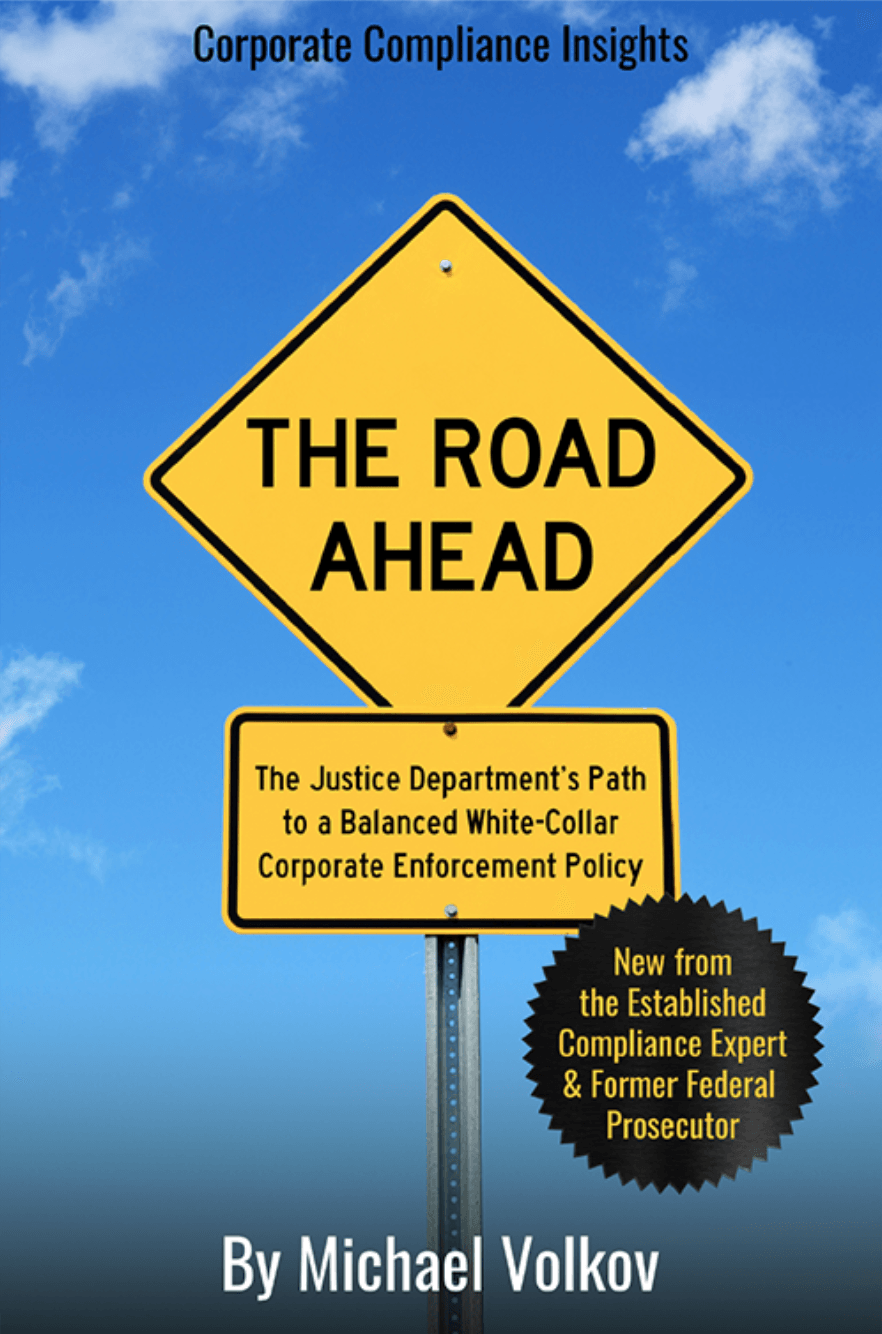FCPA Internal Investigations: Parent Company Responsibility (Part III of IV)
 Bringing It All Back Home – Bob Dylan
Bringing It All Back Home – Bob Dylan
FCPA internal investigations pose unique procedural and substantive challenges because the inevitable focus of the investigation lies in acts committed in foreign countries. Even assuming your internal investigation reveals foreign bribery activity and you are able to collect the evidence surrounding such conduct, the delicate and critical aspect of an internal investigation will focus on what did the parent company know and when did it know it? It is even more difficult to resolve this part of the inquiry since a failure to act in response to warning signals can result in parent liability and even criminal prosecution of senior officials at the parent company. If the inquiry turns on a failure to act, the absence of evidence could turn out to be just as important as a smoking gun.
As an initial step, the investigator should map out all connections between the parent company and the foreign operation. The number and extent of contacts – emails, phone calls – provides one glimpse of the types of relationships occurring between the parent and the subsidiary. This basic information can be used to assess witness’ credibility when you ask about specific contacts and relationships. If a person denies a relationship or the extent of a relationship, you know there is a reason for trying to mislead the investigation.
When assessing parent-subsidiary interactions, the first place to start is always the money – how does the money flow between the parent and subsidiary? What accounting controls are in place and who is responsible for controlling the spending of money? This is your first clue because it is likely that some type of fraud is occurring to fund the bribery. Internal audits which are focused on material transactions have to be broadened to include a forensic audit – following the money will always lead you to the bribery.
If you identify the bad actors at the foreign subsidiary, they will inevitably try to explain their behavior by admitting the conduct but claiming that it was “authorized” by higher ups. Such an explanation serves two purposes – it reduces their responsibility and it provides them with some leverage to trade with prosecutors for leniency. Such claims are typically made by foreign company officials and they can point to financial pressures which the parent officers placed on them, knowing full well that bribery as the only way for foreign operations to meet revenue targets.
The key focus is on corroboration. What evidence independent of the officer’s claims is there that supports his or her claims of parent company involvement? The investigator needs to look for communications which refer to bribery in code or vague references. The mere fact that two key players have communicated regularly in email or on the telephone is insufficient, unless there is other independent evidence to support an inference of misconduct.
A frequent question arises as to whether claims of more than one cooperating witness alleging parent company direction or knowledge of bribes is sufficient to establish some kind of liability at the parent liability. Of course, it depends on whether the focus is civil or criminal liability. It also depends on your assessment of credibility of each cooperating witness, and the relationship that the cooperating witness’ may have with each other. To the extent they acted independently of each other, and they are forthright and credible, may such evidence can paint a broad picture of parent involvement and liability.
Before rushing off to interview a senior official at the parent company, the investigator needs to gather and assess every piece of evidence. When you turn to the parent company, your inquiry should be focused and professionally conducted to ensure it is accurate, fair and independent. At the parent company level, the stakes are too high and there will be many parties inside the company, including the Audit Committee and the Board, as well as the Justice Department and SEC who will review the investigation with a fine tooth comb to make sure every lead or piece of evidence was examined.







